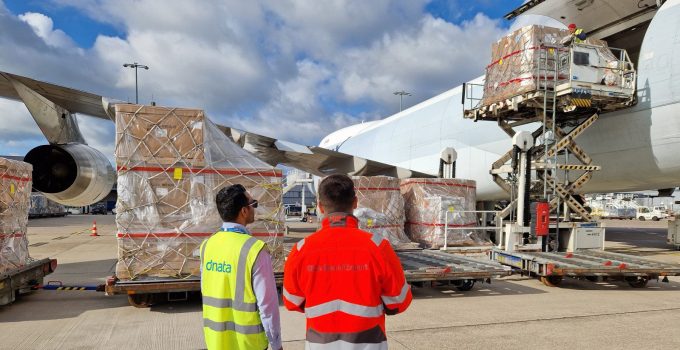Ocean Alliance suspends transpacific PSW11 service
Despite reports that some major US importers have decided to resume shipments out of China ...

“Capacity is going to be king for the rest of 2024.”
That’s the word from forwarders negotiating with airlines at the CNS Partnership event in Dallas this week.
The impact of the strong e-commerce market has been felt by every forwarder operating out of China and South-east Asia on the transpacific, whether working with e-commerce platforms or not.
“If anyone says they haven’t felt it, they are not shipping out of China,” said one senior airfreight executive from a large forwarder, who said ...
Maersk Air Cargo sees volumes fall as it aims for 'margin in favour of revenue'
Keep our news independent, by supporting The Loadstar
Container spot rates diverge: to Europe still falling, but firmer to the US
Volume surge and an early peak season? 'Don't celebrate too soon,' warning
Hapag-Lloyd won't take bookings if port congestion leaves cargo stranded
Ecommerce likely the front-runner in resurge of transpacific trade after deal
China-US trade tariff pause could drive a rebound for transpacific rates
Airfreight players eye new routes as demand on the transpacific nosedives
Service chaos from trade ban with India a problem for Pakistan shippers
Airfreight rates ex-China 'loss-making', but hopes of a trade deal stay high
Indian coastal freight attracts major carriers, but regional tension disrupts
Serious threat to jobs in US logistics as tariffs cause economic 'stagflation'


Comment on this article